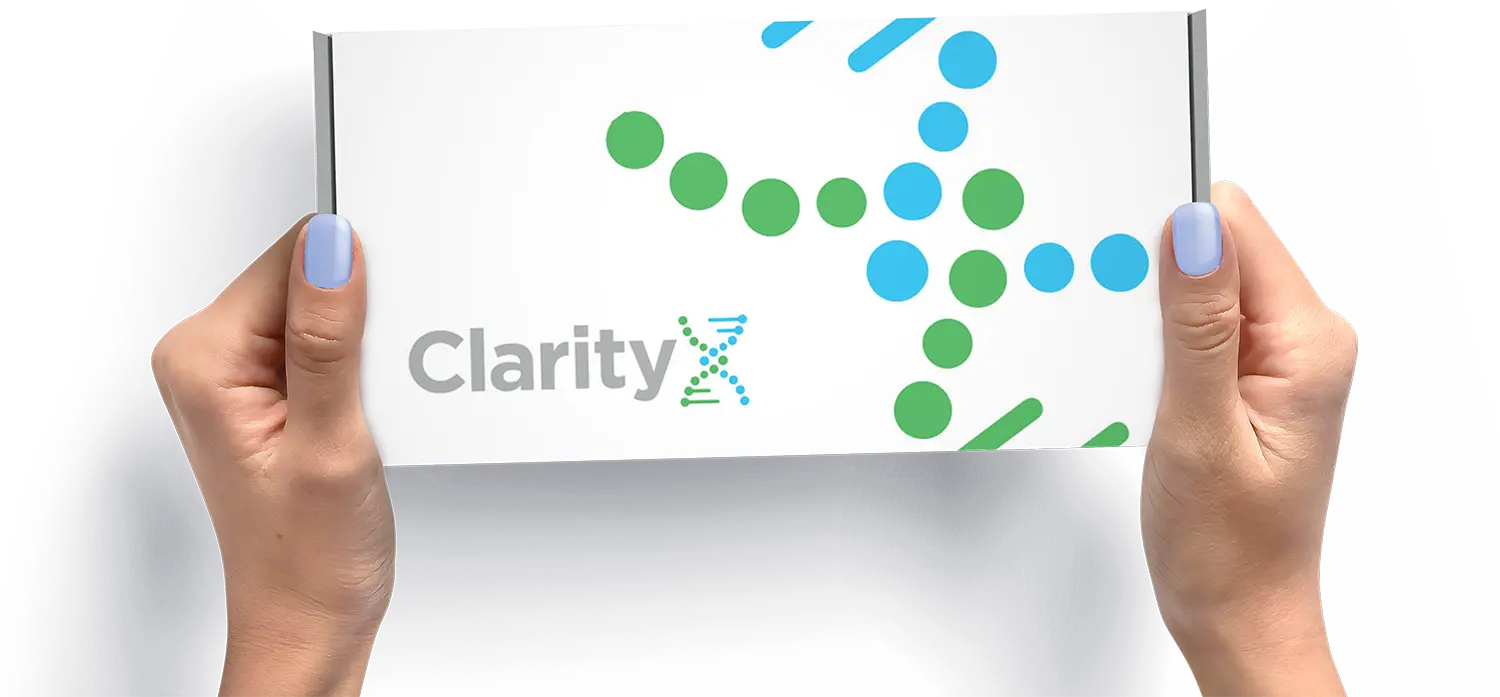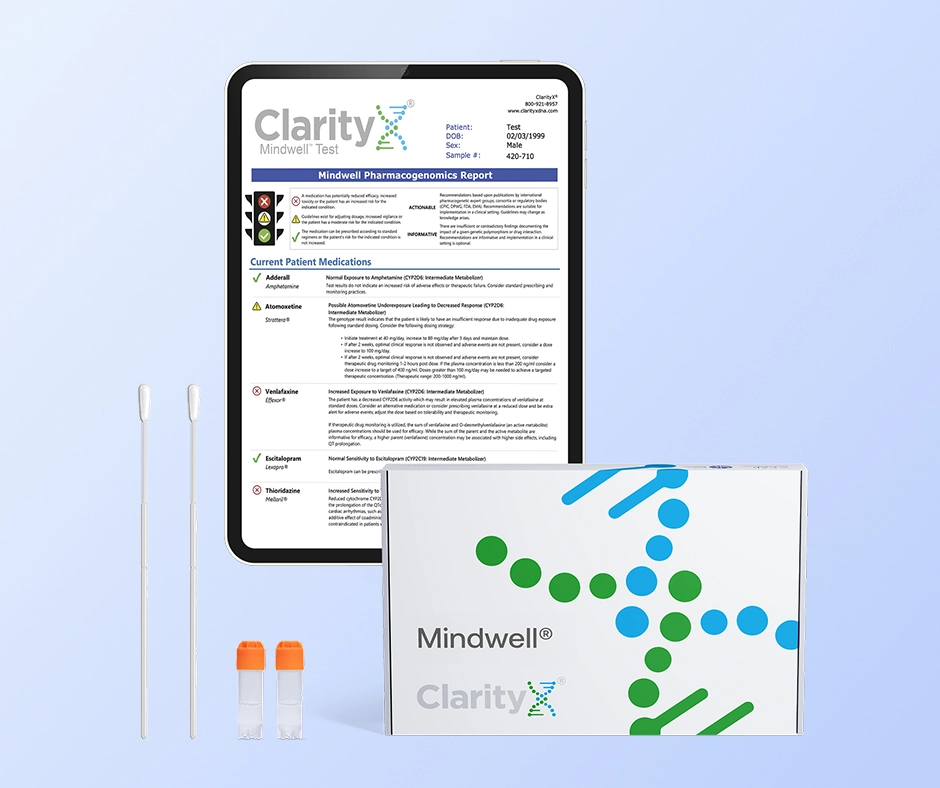Summer Sale! Save 25%
Free Express Shipping
Sale Ends: 07/25
Uses
Side effects
Interactions
Precautions
What FANAPT is used for:
- Fanapt is an atypical antipsychotic agent indicated for the treatment of schizophrenia in adults.
- Efficacy was established in two short-term (4- and 6-week) placebo- and active-controlled studies of adult patients with schizophrenia.
- In choosing among treatments, prescribers should consider the ability of FANAPT to prolong the QT interval and the use of other drugs first. Prescribers should also consider the need to titrate FANAPT slowly to avoid orthostatic hypotension, which may lead to delayed effectiveness compared to some other drugs that do not require similar titration.
Commonly observed adverse reactions (incidence ≥5% and2-fold greater than placebo) were:
- dizziness
- dry mouth
- fatigue
- nasal congestion
- orthostatic hypotension
- somnolence, tachycardia
- weight increased
- The dose of FANAPT should be reduced in patients co-administered a strong CYP2D6 or CYP3A4 inhibitor.
- Elderly patients with dementia-related psychosis who are treated with
atypical antipsychotic drugs are at an increased risk of death and
cerebrovascular-related adverse events, including stroke. - QT prolongation: Prolongs QT interval and may be associated with
arrhythmia and sudden death—consider using other antipsychotics first. - Avoid use of FANAPT in combination with other drugs that are known
to prolong QTc; use caution and consider dose modification when
prescribing FANAPT with other drugs that inhibit FANAPT
metabolism. Monitor serum potassium and magnesium in patients at risk
for electrolyte disturbances. - Neuroleptic Malignant Syndrome: Manage with immediate
discontinuation of drug and close monitoring. - Tardive dyskinesia: Discontinue if clinically appropriate.


